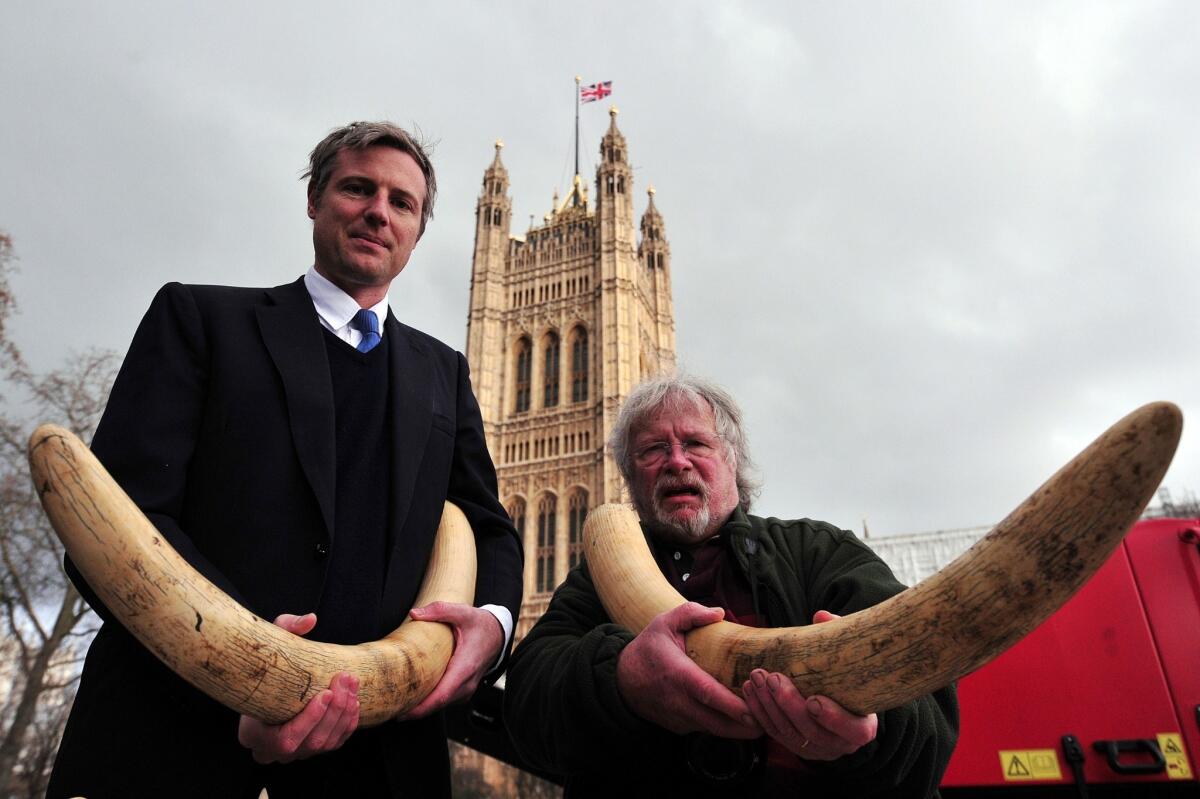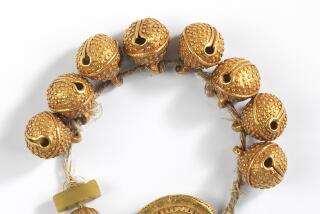Destroy Buckingham Palace’s ivory? Then what about my piano keys?

Prince William wants to destroy all the ivory artifacts in Buckingham Palace. Here at the other end of the ivory owner spectrum, I’m wondering what to do with my backup piano keys.
Organized crime has turned ivory poaching from a worrisome trend that threatens endangered elephants into a raging problem fed by the new middle class in China that seeks out and can afford ivory tchotchkes. From 2002 to 2013, almost two-thirds of the forest elephants in central Africa were killed for their tusks.
The Obama administration is talking about toughening federal laws on the ivory trade so that no ivory is imported into the United States, even if it is antique stuff made long before elephants were endangered and our consciousness was raised about killing a magnificent wild animal for its ivory tusks.
William’s father, Prince Charles, has praised the United States, China and France for destroying their stockpiles of seized illegal ivory. And now the son wants to take things a step further, reportedly saying that he would like to see all 1,200 ivory pieces in the palace destroyed.
It would make for a powerful visual, that’s for sure. It would draw attention to how serious a problem this is. Maybe that’s enough to make the destruction of valuable pieces of art worthwhile.
Others argue that nothing is to be gained by eliminating works created through means we now abhor, as long as governments fight forcefully to end wildlife poaching now. Would we destroy all of the great plantation mansions of the South because they were constructed with slave labor?
The question has been on my mind recently, though I own no ivory artwork. What I do have is a circa-1900 piano that came with it original ivory keys. Once every year or two, a key cover would break and the piano tuner would stick on another one from keys she had salvaged off old pianos. (Piano makers started switching to polymer during the late 1950s, though Steinway didn’t give up ivory until the 1980s.)
The tuner moved a few years ago, and there was talk of restricting all trade in ivory, so I quickly bought up a small cache of old ivory keys. I figured no animals were being harmed; this was from an older era.
But now, with the bits of ivory sitting on a shelf, I am torn: Should I hold onto them? Would destroying them be of any use whatsoever, or would it be a waste? Maybe I shouldn’t even play on the existing keys but switch them all over to polymer, though that seems going a bit far. (Actually, what I probably need is a newer piano, but hey, this one cost only $100.)
Though in the larger scheme of things my ivory keys are nothing, it’s worth pondering what to do with old ivory. On a practical level, does destroying it simply raise the demand for new by taking ivory off the market?
When it comes to trade, though, there’s a certain pragmatism to lumping old ivory in with the new, as something that should not be allowed. That’s because inspectors would have to sift through which pieces have enough authentication to be considered legal and which are imitations of antiques, gotten off newly killed elephants. Enforcement is cleaner and more effective when the rule is simple: No ivory.
ALSO:
Snake handlers give some Christians the creeps
North Korea’s atrocities: What is the world going to do? Not much.
PHOTOS: Let’s celebrate some of America’s unsung heroes this Black History Month
More to Read
A cure for the common opinion
Get thought-provoking perspectives with our weekly newsletter.
You may occasionally receive promotional content from the Los Angeles Times.







